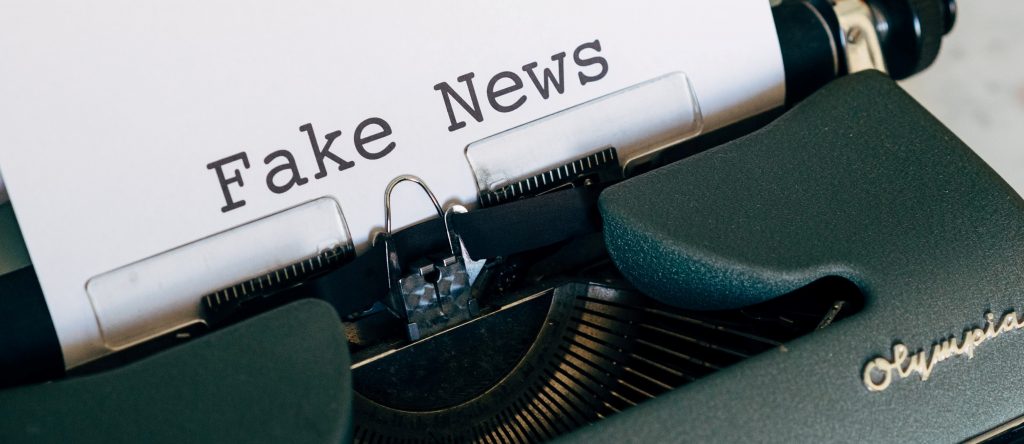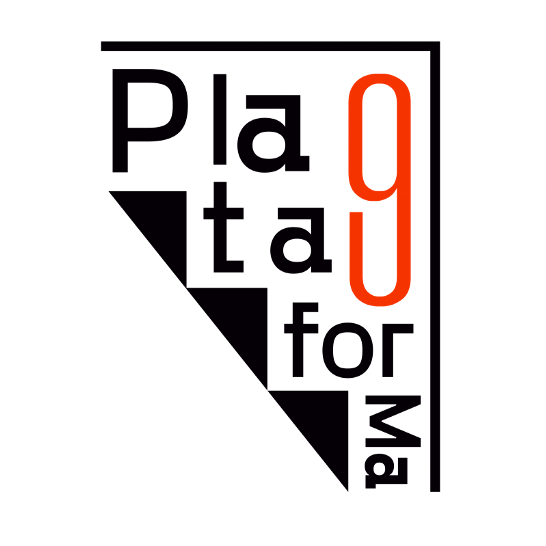FORM
RESULTS
THE GLOSSARY here.
THE TRUTH here.
THE AUDIENCE here.
THE HISTORY here.
GLOSSARY
Audience (in media) – “A media audience may be as small as one person reading a magazine or as large as billions of people around the world watching events, like 9/11, unfold live on television. Audiences have a complex relationship with the products they consume.” (New Zealand’s Ministry of Education)
‘Bot’ (on social media) – “is an agent that communicates more or less autonomously on social media, often with the task of influencing the course of discussion and/or the opinions of its readers. It is related to chatbots but mostly only uses rather simple interactions or no reactivity at all.” (Wikipedia)
Dogma – “a principle or set of principles laid down by an authority as incontrovertibly true.” (Oxford Languages)
‘Fake News’ – “is a form of news consisting of deliberate disinformation or hoaxes spread via traditional news media or online social media.” (Wikipedia)
Media – “the main means of mass communication (broadcasting, publishing, and the Internet) regarded collectively.” (Oxford Languages)
Sensationalism – “(especially in journalism) the use of exciting or shocking stories or language at the expense of accuracy, in order to provoke public interest or excitement.” (Oxford Languages)
Social Media – “websites and applications that enable users to create and share content or to participate in social networking.” (Oxford Languages)
THE TRUTH
The starting point of truth is our subjectivity, it depends on each one’s perspective. All media produced by someone is a result of that person’s subjectivity. It’s necessary to be in contact with your own subjectivity, in order to be able to discern the veracity of what others produce.
¨¨¨More important than finding answers, is asking the questions.¨¨¨
It’s okay if you can’t find the answers to all the questions. The important thing is the search, because sometimes, not finding the answer is valuable information in itself. Is the platform being as transparent as it could be?
¨¨¨Lie or Deception? ¨¨¨
A lie is when, for example, an author invents information. An author can be deceptive or misleading without inventing anything. They may select truthful information, omit another, place them out of context, and use sensational tools to provoke certain emotions in the audience.
Generally, media literacy courses focus on how to identify objective and neutral journalistic language. This, however, does not exist.
It is not always easy to discern sensational and misleading tools from effective or creative methods of delivering information to an audience. Some identifiable tools, even if subjective, are:
– Dramatic music.
– Shocking images and words.
– Exclamation points.
– Titles that cause fear, and pass on little information.
– Titles that speak directly to you.
Focusing on a guideline or checklist on how to identify ‘fake news’ can make us even more vulnerable to them. Because they become new, effective tools for their dissemination. For example, if I say to you: “only trust newspapers that do not use exclamation points on titles,” this guideline can be used by any platform to gain your trust.
A much stronger tool than decorating identifiable ‘fake news’ characteristics, is to have a clear sense of your own values, and political goals.
‘Fake News’, ‘bots’ and people with an interest in using these tools to steer the behavior of a wide audience, target ‘influenceable’ and undecided people. That doesn’t necessarily mean people who are on the fence about a subject. Dogmatic people are as easy to influence, because their reference of truth is outside them. That’s why the search for your own truth is fundamental to make ‘fake news’ ineffective, which is the most effective way to combat it.
Thought, speech, and action should be one, as should your ideas, what you share with others and how you live your life. This is an exercise in balance – being open to learning new things, while not loosing sight of your own truth and lived experiences.

THE AUDIENCE
When we produce media, we think of a target audience so that it’s effective in delivering the message. A newspaper, for example, has an audience, and the values of each one exist in symbiosis. The media literacy process involves the analysis of the values of the institutions and / or people that produce media, based on the recognition of our own values as an audience.
Many people who produce media on the internet are not honest, or transparent, about their values and intentions. There are media tactics that aim to manipulate a specific audience, that use tools that provoke targeted emotions. Art aims to provoke emotions; academic writing is intended to be verifiable and validated. These are tools that can be used in ways that are subtle, exaggerated, effective, manipulative, untruthful, misleading, etc. Our analysis of how these tools are used depends on our understanding of how we use them ourselves, and why.
¨¨¨What constitutes content accessible to the general public? ¨¨¨
For content to be accessible, it needs to be able to reach the audience it sets out to reach. For example, for a video to reach an Instagram audience, it needs to last a maximum of one minute, because this is the limitation of the platform visited by that audience.
¨¨¨How to identify whether a text aims to reach a lay audience, and not just a specialized one?¨¨¨
A person who is not and has no interest in specializing in a certain area of study will spend less time reading about it. So, for texts to reach this audience, they must be short. Short online texts do not need an abstract, summary, numbered sections, etc.
A long text is not always inaccessible. Another way of identifying the level of accessibility is to recognize excessive citations / references, usually redirecting the reader to other, even longer, academic texts. Academic requirements reflect the audience that the author intended to reach.
Specific acronyms and terms have the same function. To reach a lay audience, terms must be defined, and acronyms that aren’t widespread must be spelled out the first time they are mentioned. FBI or CIA, for example, are not acronyms that need to be spelled out, but NCI does.

THE HISTORY
Since the invention of the German printing press in the 15th century, which birthed the method of reproducing media on a large scale and revolutionized the consumption of information in the West, there has been false news. It was very common for these false news to be directed towards a marginalized contingent of society, such as Jews, indigenous and black peoples. Sometimes, atrocities committed by ‘undesirable’ members of society were made up. Other times, atrocities committed by ‘desirable’ members of society were omitted. In other words, deceptive media is one that not only lies, but also omits truthful information.
Because of the continued presence of falsehood in the media over the past five centuries, many journalists like to say that ‘fake news’ is not new – but it is. The term ‘fake news’ says more about the media age in which we find ourselves, than the practice of disseminating misinformation. False information has always circulated through media, but today it circulates in a particular way, with the use of new technological tools, such as social media boosts and bots.
In the first half of the 20th century, the first Brazilian ‘media baron’, Assis Chateaubriand, threatened to ruin reputations of people and companies with false news in exchange for money (essentially blackmail). Today, technological advances significantly changed the format in which these false news get disseminated, and by whom. What’s App, Facebook, Twitter are explosive and unprecedented formats of disseminating media. Most people are able to produce media content, and most of those who can, do it constantly.
When we see news on one of these platforms, we also see who and how many people reacted to it, which influences not only what we feel about the news, but also about the others who consume it – all instantly. We can believe or stop believing depending on who or how many ‘shared it’ or ‘liked it’. In terms of ‘who’, it’s enough for a famous or credible person to believe and ‘share it’ for “the bewildered herd” (From Chomsky in Media Control) to follow. This is where ‘influencers’ come in. It terms of ‘how many’, a high number of shares helps the post reach a wider audience by appearing relevant to social media algorithms and to the people seeing it. That’s where bots come in.
Here is an example of false news. Here (Abcnews.com.co) is an example of ‘fake news.’
One comes from a platform that still exists and lied. It’s an example of bad journalism.
The other (Abcnews.com.co) doesn’t even exist as a platform, it pretends to be something it isn’t. We would not find this link by searching for it on our own, it is created to be believable on Facebook, as an ad.
‘Fake news’ sites have the specific purpose of buying ads on social media.
[Note that I didn’t use a hyperlink for the fake news site, because I don’t want it as a backlink or as part of their PageRank.]


